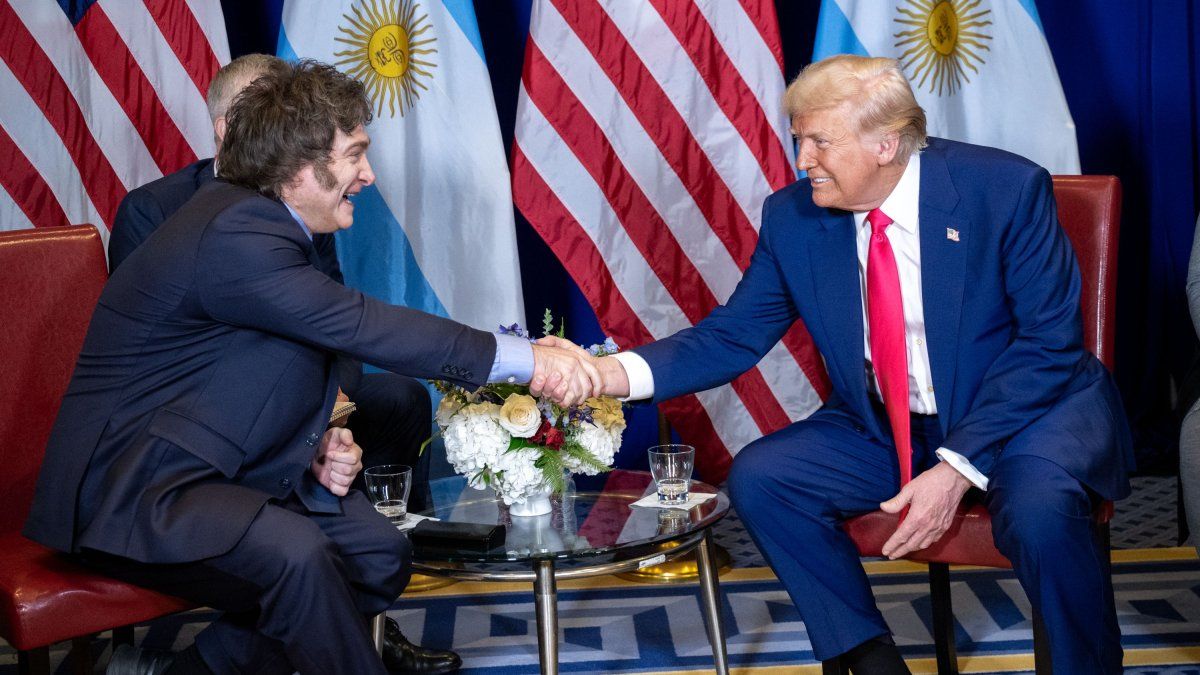In the study, the IMF analyzes: “Recent geopolitical events have increased the risk of fragmentation in the international payment system. After the Russian invasion of Ukraine in February 2022, major Russian banks were banned from using SWIFT, thus limiting their ability to transact with the rest of the world. As a result, Russia was forced to rely on its national messaging standard. If geopolitical tensions continue to escalate, other countries may try to become less reliant on international financial infrastructure and rules.”
Because one of the functions of money is to be a medium of exchange in a market and as there is a tendency towards fragmentation of the world market, the need to promote differentiated money spaces is generated. This causes fragmentation to impact other money functions such as store of value and credit.
For this reason, the Fund analyzes that this “could give rise to changes in the preferences of countries regarding the monetary composition of their currencies and reserves.” […] the freezing by the United States and its allies of around USD 300 billion of the Russian after the Russian invasion of Ukraine may influence the management of reserves […] the future transformation of trade, finance, and global value chains will influence transactional demand and billing in different currencies […] they can reduce the demand for the US dollar for transactions and billing in the rest of the world.”
In an article published on February 5 in the Financial Times, the prestigious economist Nouriel Roubini deduces that the current trend is towards a bipolar global monetary system centered on the dollar and the yuan, based on the same arguments as the IMF: “The US dollar has been the predominant world reserve currency since the design of the Bretton Woods system after of the second world war […] In a world that will increasingly be divided into two spheres of geopolitical influence, namely those surrounding the US and China, a bipolar rather than a multipolar monetary regime is likely to eventually replace the unipolar one. […] It is also an anachronism that the US, whose share of global gross domestic product has halved to twenty percent since World War II, still accounts for at least two-thirds of all transactions.”
By imposing the dilemma between subordination or rupture, The United States has deepened the propensity for the dollar to cease to function as quasi world money, with the almost universal coverage that the IMF has guarded, beyond the fact that it continues to be the most widespread currency.
In Argentina, on the other hand, the dollarization trend continues, aggravated by the debt taken on by the previous management with the IMF. For these reasons, the most concentrated local and foreign holdings rejected the proposal of Argentina and Brazil to create the conditions to begin a process towards a common currency.
In Argentina, contemporary debates should not only be about the exchange rate of the peso against the dollar, but also about the country’s international insertion and a possible way of de-dollarization of the economy.
Source: Ambito
David William is a talented author who has made a name for himself in the world of writing. He is a professional author who writes on a wide range of topics, from general interest to opinion news. David is currently working as a writer at 24 hours worlds where he brings his unique perspective and in-depth research to his articles, making them both informative and engaging.




